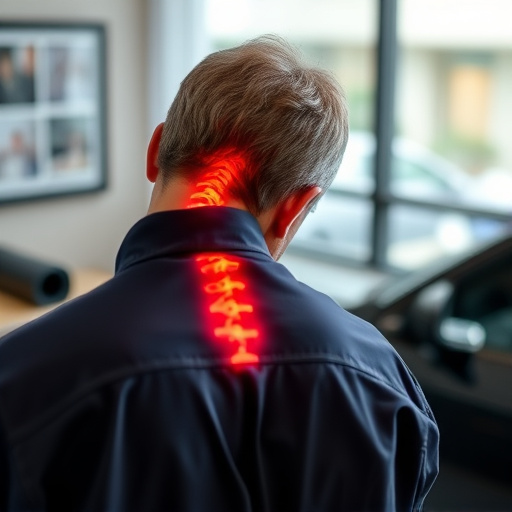Stricter regulations govern vehicles with modified cold air intake (CAI) systems, demanding rigorous testing for compliance to avoid penalties. Legal CAIs, designed to reduce NOx and particulate matter, require compatible parts for optimal engine performance while adhering to environmental standards. To ensure compliance, strict test protocols using certified equipment simulate real-world driving conditions in a multi-stage approach, ensuring CAI systems minimize emissions and contribute to cleaner air quality.
In today’s stringent environmental regulations, ensuring compliance with legal cold air intake (CAI) systems emissions testing is paramount. This article serves as a comprehensive guide for vehicle owners and professionals alike, delving into the intricacies of understanding and navigating the legal requirements for CAI systems. We explore the significance of compatible systems in reducing emission levels and provide best practices to ensure your CAI system complies with regulations. By adhering to these guidelines, you can confidently maintain your vehicle while respecting environmental standards.
- Understanding Legal Requirements for Cold Air Intake Systems Emissions Testing
- The Role of Compatible Systems in Reducing Emission Levels
- Ensuring Compliance: Best Practices for Emissions Testing of CAI Systems
Understanding Legal Requirements for Cold Air Intake Systems Emissions Testing

Emissions regulations are strict, especially for vehicles with modified cold air intake (CAI) systems. To ensure compliance, it’s crucial to understand the legal requirements for testing. Many regions mandate that any CAI system, if it alters the vehicle’s original emissions control strategy, must undergo rigorous emissions testing to verify its impact on pollutant levels.
This process often involves specialized equipment and trained technicians to measure emissions accurately. Failing to comply with these regulations can result in penalties, so manufacturers and owners must be aware of their responsibilities. Staying informed about the legal cold air intake systems emissions standards is key to avoiding issues and ensuring a smooth testing procedure.
The Role of Compatible Systems in Reducing Emission Levels

Compatible systems play a pivotal role in achieving lower emission levels, especially in vehicles equipped with legal cold air intake (CAI) systems. By ensuring that these components work harmoniously, compatible systems optimize engine performance while minimizing harmful emissions. The integration of CAIs, which enhance airflow and power, requires complementary parts that can handle the increased load without compromising environmental standards.
These systems are designed to streamline the process of installing legal CAIs, which are crucial for reducing pollutants like nitrogen oxides (NOx) and particulate matter. In many regions, strict regulations mandate specific emission standards, and using compatible systems ensures vehicles meet these requirements. This approach not only promotes cleaner air but also enhances the overall efficiency of the vehicle’s engine, contributing to both environmental sustainability and improved driving performance.
Ensuring Compliance: Best Practices for Emissions Testing of CAI Systems

Ensuring compliance with legal standards for cold air intake (CAI) systems and their emissions is paramount in maintaining ecological balance. Test protocols must be rigorous and thorough to verify that modifications to an engine’s airflow do not translate to increased pollutants in the exhaust stream. Best practices for emissions testing of CAI systems involve employing standardized, certified test equipment and following guidelines set forth by regulatory bodies.
These protocols should encompass dynamic conditions simulating real-world driving scenarios to accurately assess performance under various load and velocity inputs. Additionally, a multi-stage approach leveraging both bench testing for initial screening and on-road or dynamometer tests for final validation is recommended. This comprehensive strategy ensures that modifications are not only legal but also contribute to cleaner air quality.
In conclusion, understanding and adhering to legal requirements for emissions testing of cold air intake (CAI) systems is paramount in reducing harmful emissions. Compatible systems play a pivotal role in this process by ensuring optimal performance and compliance. By following best practices outlined in the article, vehicle owners and manufacturers can effectively navigate the regulations, fostering a more sustainable automotive landscape.














